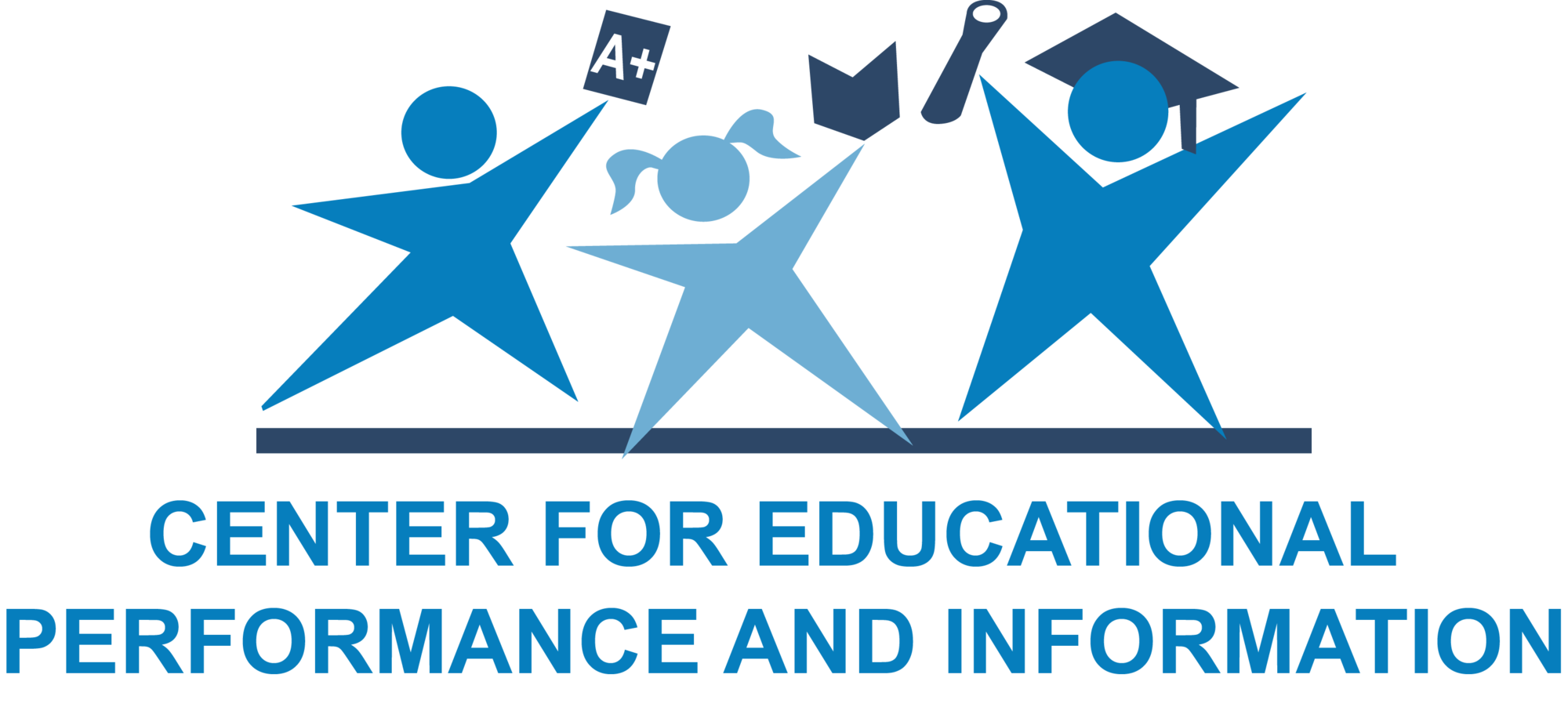July 30, 2020 MICIP Continuous Communication
Michigan Department of Education sent this bulletin at 07/30/2020 03:27 PM EDT |
|
Having trouble viewing this email? View it as a Web page. |
MICIP Efforts Fostering True Collaboration
The Michigan Integrated Continuous Improvement Process (MICIP) involves a collaboration with the Michigan Department of Education, the Michigan Association of Intermediate School Administrators (MAISA) and the Center for Educational Performance and Information (CEPI). Other partners include the Michigan DataHub, the Michigan Collaboration Hub at MAISA, and the Michigan Strategy Bank.
MDE, MIDataHub, and The Michigan Collaboration Hub at MAISA are investing together in readiness tools to help streamline district efforts to connect to and be ready to use the MICIP Platform. These tools are expected to be up and running for the fall.
MiStrategy Bank and REL Midwest train educators on ESSA Tiers of Evidence
MiStrategyBank has been working with REL Midwest in partnership with the Midwest Alliance over the past month to help inform Michigan educators about Every Student Succeeds Act (ESSA) Tiers of Evidence.
Educators across Michigan are learning about the Every Student Succeeds Act (ESSA) Tiers of Evidence, which categorize evidence of student success:
- Strong
- Moderate
- Minimal
These tiers help schools select strategies that will provide the best results for the students in their school and/or district.
MiStrategyBank will continue to provide training and develop resources to support the understanding of the ESSA Tiers of Evidence and how they impact the implementation of strategies.
Keep watching MICIP Continuous Communications for information about new training and resources!
MICIP would not be possible with the collaborative efforts of many partners.
REMINDER: Changes in DIP/SBDIP/SIP/PET due by September 1
Districts, single building districts, and schools making changes to their plans or program evaluation tool (PET) in ASSIST are reminded that those changes must be made and submitted no later than September 1, 2020. After that date COGNIA and MDE will begin the process of downloading PDFs of the most current submitted version of the DIP/SBDIP/PET/SIP for upload into the MICIP platform. Districts and schools may be receiving deadline notifications regarding their plans or PET; these automatic notifications are part of the system and can be ignored. Anyone needing assistance in completing their plan or PET by September 1 should contact Renie Araoz (araozr@michigan.gov).
Update on MICIP Testing
Testing Partners had another session in the MICIP platform, learning how to:
- create goals
- set due dates
- assign roles
- select strategies from the MiStrategyBank
- list activities
To finish their plans, they assigned a budget and determined the method(s) of communication to key stakeholders.
Thank you testing partners for all your feedback. Together we are shaping the MICIP platform into a valued tool necessary for continuous improvement planning.
Professional Learning Update
Funding the Continuous Improvement Plan, a new webinar with slides, speaker notes and recording, has been added to the MICIP Professional Learning page. Funding the Continuous Improvement Plan Webinar
Getting Ready for Continuous Improvement – Data Analysis Process
The MICIP Data Analysis Process begins this process with identifying data that the district’s Continuous Improvement Team will consider as it explores assets and needs and concludes this process with identifying a challenge statement. It is important that the team considers data from all three main categories - academic, non-academic, and systems - as well as from the four types of data, including demographic, student achievement/outcome, perception, and process . It is a good idea to do a data inventory of what data is being collected so you know what you have and what gaps you need to fill (see June 18 Continuous Communication for more informaiton regarding data inventory).
But before it engages in the actual process, there are a couple of questions a team should answer:
- Do we have a positive data culture? Ensure participants feel safe discussing data and challenging traditional explanations as well as suggesting innovative solutions.
-
Do we have a common data protocol/process? Having a protocol/process to guide the Continuous Improvement Team's conversation is critical. Effective protocols and processes should do the following:
- Engage participants with sorting, prioritizing, and reframing questions
- Help participants make connections between current and previous areas of inquiry
- Encourage discussion about possible ways to learn more
- Prompt participants to suggest possible solutions
Most data protocols have elements in common. Probably one of the best-known protocols is the Data-Driven Dialogue by Bruce Wellman and Laura Lipton. This protocol involves three phases: Activating and Engaging, Exploring and Discovering, and Organizing and Integrating.
-
During the Activating and Engaging phase that takes place prior to actual interaction with the data, participants surface prior knowledge and assumptions and make predictions about what they think the data will say. They make statements beginning with starters such as:
- I assume…
- I predict…
- I wonder….
-
During the Exploring and Discovering phase that takes place while looking at the data, participants make observations that can be validated by the data using starters such as:
- I observe…
- A patten/trend that I notice…
- I’m surprised that I see…
-
During the Organizing and Integrating phase, participants make meaning of the data and suggest theories of causation and next steps using phrases such a:
- I believe the data suggests ___ because…
- Additional data that would help verify my explanations is…
- I think a solution or response would be…
- Additional data that would guide implementation of a solution would be…
Whether you use your own protocol or one developed by someone else, it is critical that you have one, and that all members of the Continuous Improvement Team understand how to use it.
Once you have defined protocols and processes and have a balanced data set, you can use them to analyze students’ needs or strengths. Review what you are currently doing to address those needs or leverage strengths, including systems that are or are not in place. Examine the gap between current needs or strengths and where you want them to be and create a data analysis summary that identifies the needs or strengths you want to analyze more deeply as part of Root Cause Analysis.
In the next issue we will explore Root Cause Analysis processes and tools.
Please Share Continuous Communication
Please feel free to forward Continuous Communication to anyone you feel would like to receive information and updates about MICIP. To subscribe or unsubscribe, please click on this link.
Feedback is Essential for Continuous Communication!
Have a question, an idea, a suggestion, or a compliment? The MICIP team is always eager to hear your feedback! Send us an email using the MICIP email address (mde-micip@michigan.gov).




